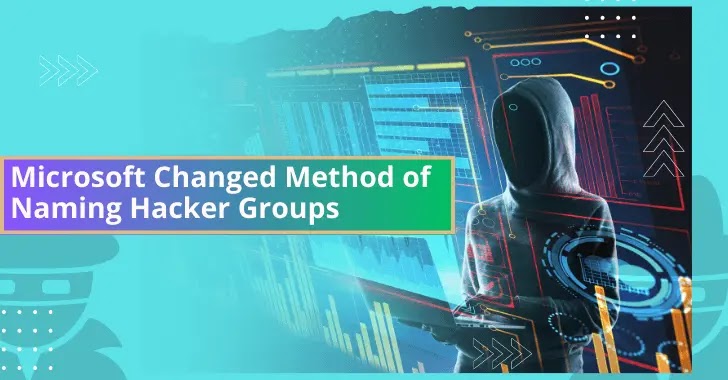Microsoft has initiated the naming taxonomy for threat actor groups. Over the years, threat actors have evolved massively, leading to confusion about which threat actor was responsible for which threat activity.
To solve this, Microsoft has introduced this naming taxonomy and categorized them based on their origin and activity.
Though threat intelligence has emerged massively, it must still be an organized data resource that can help protect and prioritize based on the hacking groups confronted.

Microsoft has relied on weather condition names for naming these hacking groups as this can be easy to remember and spread the word.
Categorization
Microsoft has categorized threat actors into five main groups based on their operations.
- Nation-state – These threat actors work on behalf of or are directly supported by a nation/state. They specifically target government agencies, intergovernmental organizations, espionage, financial gain, or as an act of retribution.
- Financially Motivated – These threat actors target an organization or an individual as a part of a financial motive. These threat actors/ groups did not seem to be linked with nation-state actors. The best examples of these threat actors are ransomware operators, phishing groups, or other groups with purely money-minded activities.
- Private Sector Offensive actors (PSOAs): These are threat actors who were once known as legal organizations but later seemed to have been involved in activities like creating malware, selling weapons and surveillance software to cyber criminals who use them for illegal purposes, or targeting any white-collar individuals. The best example of this kind of threat actor was the QuaDream company which was shut down recently for its malicious activities.
- Influence Operations: These are the threat actors that spread misinformation among people to disrupt or manipulate people’s interests. This kind of threat actor is also involved in political manipulations for malicious purposes.
- Groups in Development: This category set by Microsoft includes threat actors whose origin and way of operations are yet to be confirmed. In other words, these include threat actors still in developmental phases and involved in small-scale malicious attacks.
Microsoft has also released complete information on their new weather name taxonomy, including the family name, their origin or country of operation, and their category.
Building Your Malware Defense Strategy – Download Free E-Book







.webp)
%20(1).webp)


.webp)